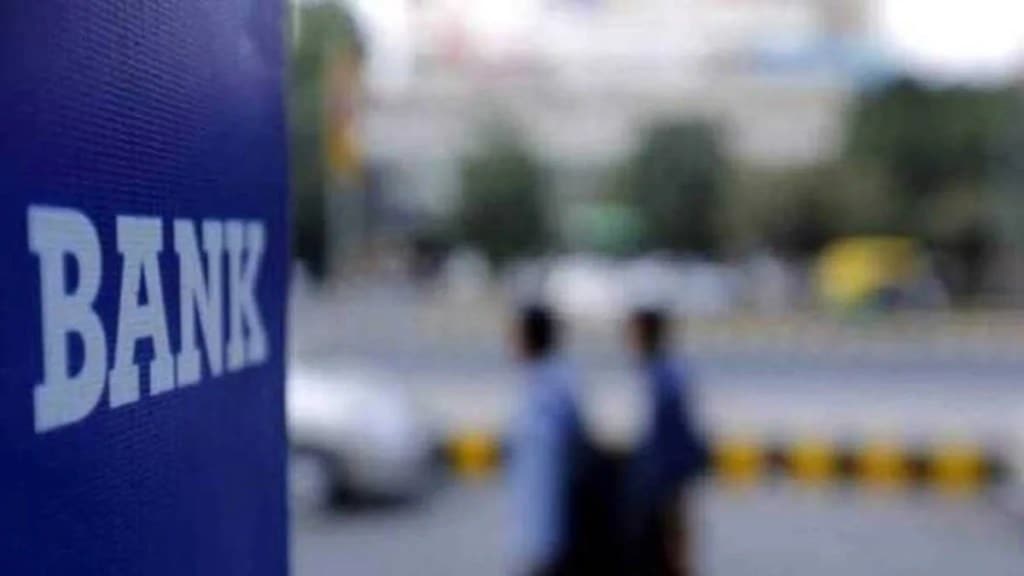Many public sector banks have seen an improvement in their recovery from write-offs in the September quarter as lenders have adopted a wide range of measures to collect these loans. In addition to the government’s push to clean up bad debt in the banking system, pre-insolvency restructuring, a booming private credit market, and lower fresh slippages have helped improve recoveries, say experts.
Many state-owned banks have seen a sequential improvement in recovery from write-offs in July-September, data from their investor presentations showed. Apart from Union Bank of India, the recoveries of these banks have also improved on an annual basis.
“Our continuous recovery campaigns are going on for smaller recoveries of below Rs 1 crore. As far as recovery from write-offs are concerned, we have got recovery in certain big accounts,” Bank of Baroda Executive Director Ajay Kumar Khurana said in the bank’s earnings call. He added that a few other accounts are lined up for recovery in the coming quarters, which should help the bank maintain its trajectory in the remaining part of this financial year.
Punjab National Bank Managing Director and Chief Executive Officer Atul Kumar Goel told FE in a recent interaction that the bank has engaged asset reconstruction companies to recover these loans.
In recent times, lenders have struggled to recover written-off loans due to a plethora of issues ranges from erosion of value of secured assets, interference from promoters, and ineffective interference measures.
Of the Rs 5.9 trillion bad-loans written off in the last three years, only Rs 1.1 trillion have been recovered. State-owned banks have accounted for 62% of write-offs in the last three years.
Typically, banks write-off bad loans as a regular exercise to clean their balance sheets and achieve tax efficiency. The write-off is carried out in accordance with RBI norms and policies approved by boards.
Banks make a 100% provisioning for written-off accounts. But unlike in the case of loan waivers, borrowers of such loans remain liable for repayment.
While banks have always prioritised recovery of written-off loans, some experts feel that they have made a more concerted push in the September quarter as it marks the end of the first half of the financial year. Typically, businesses also generate more cash flow during this period and this has also aided recoveries.
“Earlier, recoveries used to be a long drawn process. But now, you also have banks innovatively doing out of court one-time settlement with borrowers in order to be more efficient on collections,” says Bhavik Hathi, Managing Director, Alvarez & Marsal.
He added that banks are now opting for faster recovery and not necessarily the highest quantum, which has helped optimise the process.
Additionally, the internal systems and processes of state-owned banks have improved and these are being implemented in a much better manner than before. This has also led to better recoveries.
“..Promoters are feeling a lot of pressure, banks have become more vigilant in following up, pre-insolvency restructuring, private credit market. I see a lot of factors,” Siddharth Srivastava, Partner, Khaitan & Co said.
Banks have been able to re-align their focus on recovery as not too many accounts have been classified as non-performing in the past six-to-eight months. As a result of this, lenders have been able to concentrate on recovering from written-off accounts.
“I personally feel that recoveries would increase in the next two quarters because banks are aggressive in resolving accounts rather than sitting on them,” says Sudharshan Kedia, Head – Stressed Asset Resolution Group, Resurgent India.
With capital expenditure picking up, experts feel that banks have a greater impetus to recover these loans such that they are prepared for a fresh corporate credit cycle. This is because of the fact that while foreign capital is flowing into India, credit will also be needed considering the government’s focus on infrastructure. A substantial amount of these loans would have to come from public sector institutions.
“See the timing. All the public sector banks are reporting profits on the basis of substantial recoveries and that is being timed so that each one of them can start on a fresh credit cycle,” Vivek Iyer, Partner, Financial Services – Risk, Grant Thornton Bharat said.
